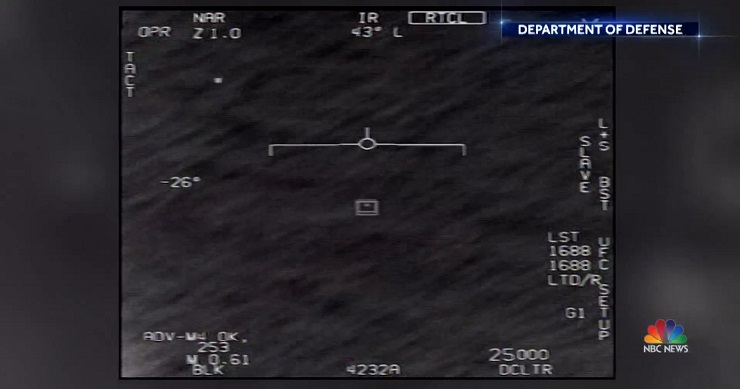Wormholes, theoretical portals that could allow for rapid travel across vast distances, could potentially magnify the light of distant objects by up to 100,000 times, which could be a key to finding them. Researchers have built a model to simulate an electrically charged, spherical wormhole and its effects on the universe around it.
The model suggests that wormholes could be massive enough to trigger an aspect of Einstein’s theory of relativity, causing light to curve and magnify objects behind them. Wormholes would magnify objects differently than black holes, potentially allowing scientists to distinguish between the two.
However, identifying wormholes in practice would be challenging due to the microlensing effect also produced by other large objects like galaxies and black holes.
Key Takeaways:
- Wormholes, if they exist, could amplify the light of distant objects by up to 100,000 times, which could help in detecting them.
- Researchers have built a model to simulate an electrically charged, spherical wormhole and its effects on the universe around it, in an attempt to determine if wormholes could be detectable by their observed effects on their surroundings.
- The magnification effect of wormholes is different from that of black holes, which might help in distinguishing between the two; however, identifying a wormhole amidst other objects that also produce a microlensing effect would be challenging.
“If wormholes exist, they could magnify the light of distant objects by up to 100,000 times — and that could be the key to finding them.”
More details: here


Leave a Reply